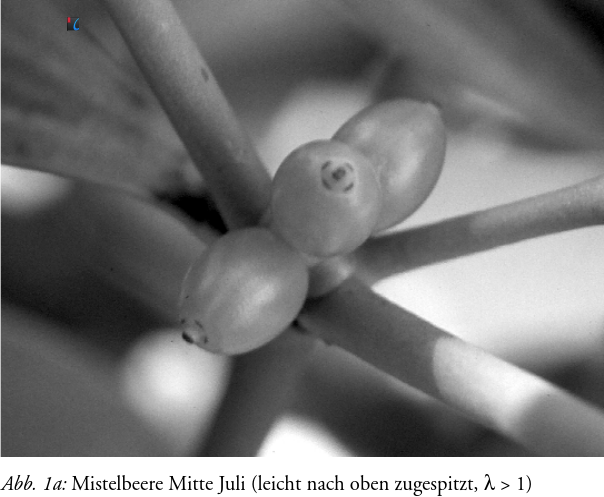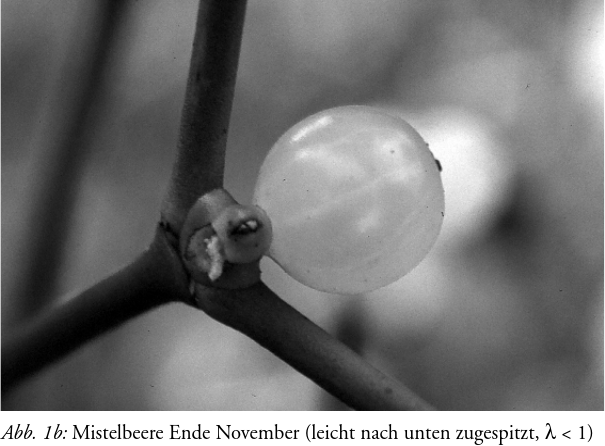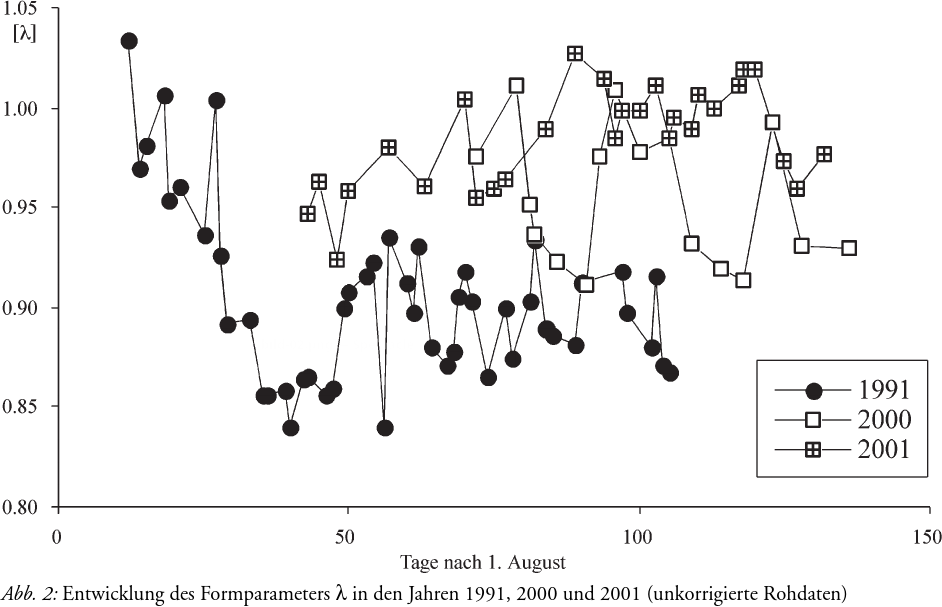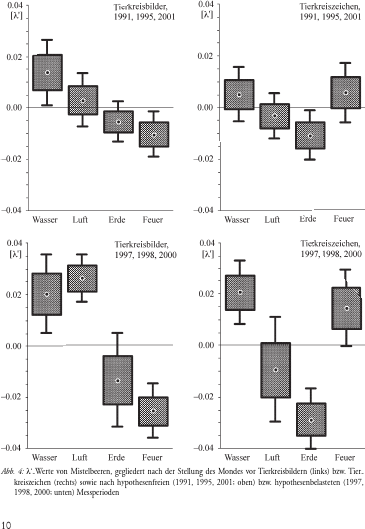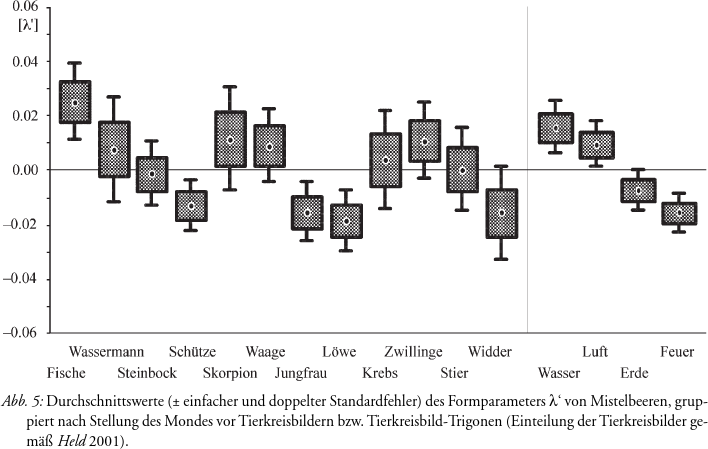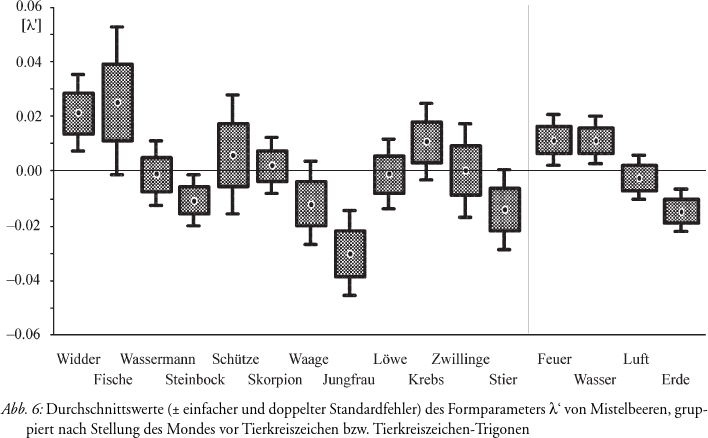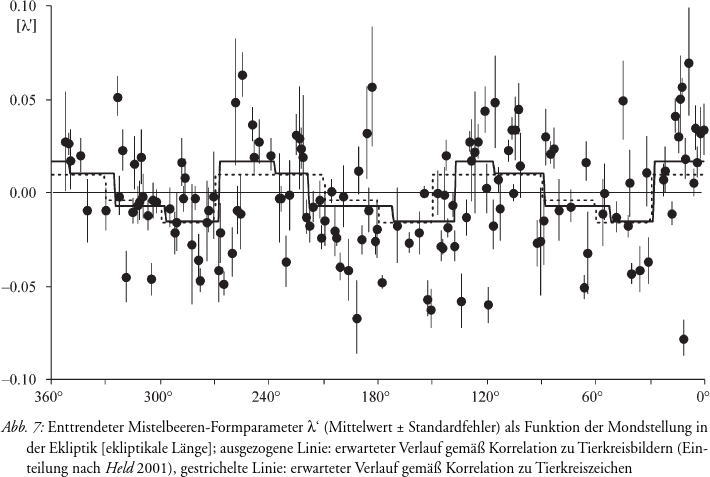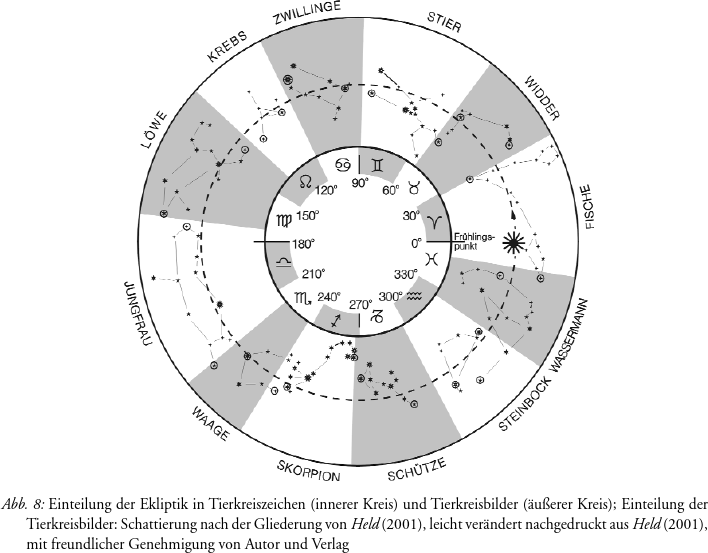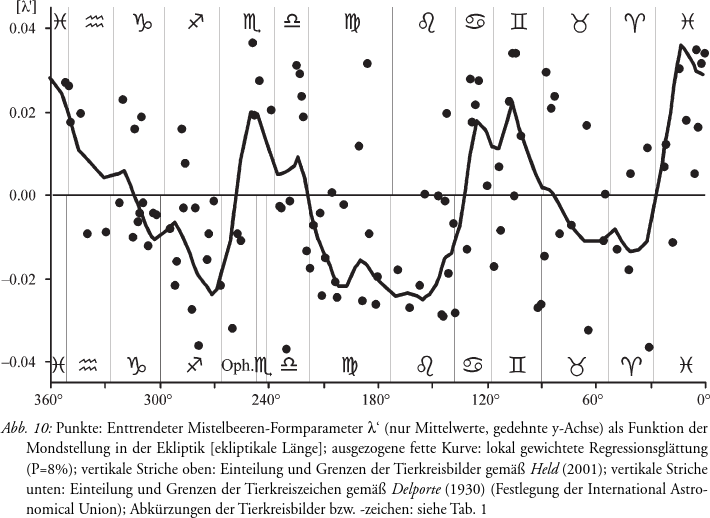Mistelbeerenform und Tierkreis
Export Article Citation as
- Plain text
- BibTeX
- RIS format
- Download price : € 6.00
Abstract:
In previous investigations it was observed that the shapes of ripening mistletoe berries fit path curve surfaces and can be exactly described by the shape parameter λ. Furthermore a correlation was found between the shape of mistletoe berries and the position of the moon in the zodiac.
In the present study two questions were addressed: 1) Does an unencoded determination of the λ value com bined with knowledge of a hypothesis under investigation imply an unconscious falsification of the data? 2) Are the shape changes in mistletoe berries correlated with the moon’s position in front of the phenomenolog ical zodiacal constellations or with its position in front of the equidistant zodiacal signs?
There was no evidence of an unconscious manipulation of the λ values with unencoded measurement when the observer knew the hypothesis under investigation in comparison with measurement which was en coded or made by an observer who did not know the hypothesis. In addition, it appears that the position of the moon in front of the phenomenological zodiacal constellations is definitive for the behaviour of the mistletoe berry shapes; a correlation of the moon’s position relative to the zodiacal signs contradicts the data obtained. An attempt was also made to estimate empirically the spheres of influence or transition points of different zodiacal constellations. The data produced correlate very well with the forms of the constellations that stem from antiquity.
